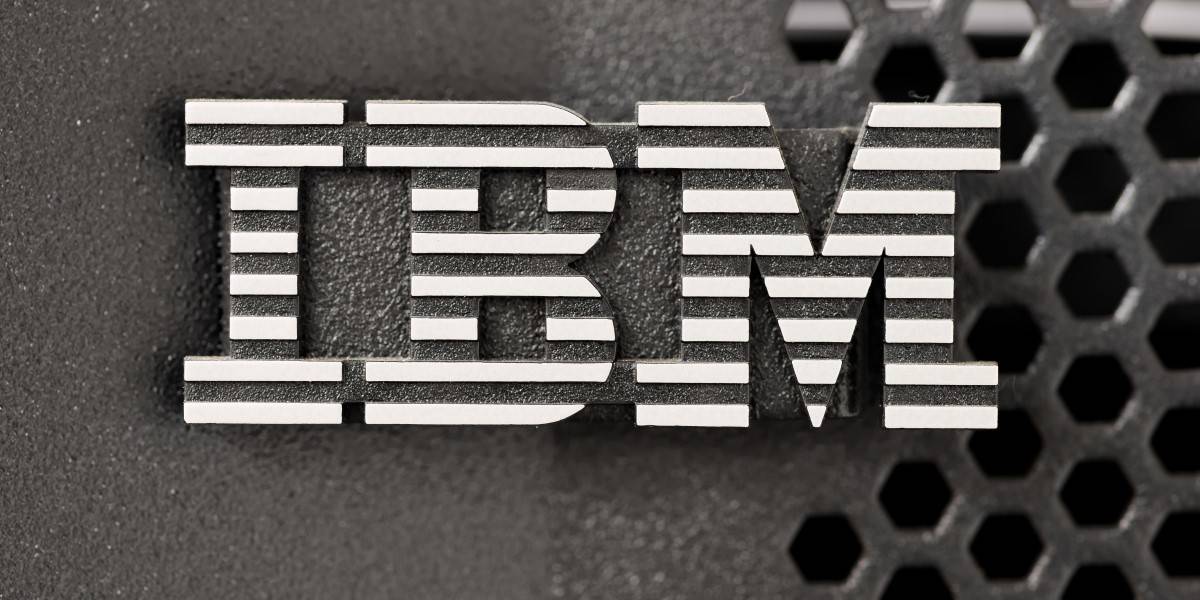IBM Shrinks Z16 And LinuxONE Systems Into Standard Rack Configs

Big iron is not always beautiful. Just ask IBM, which has updated its z16 mainframe and lifted the covers off a shiny new LinuxONE 4, both of which are built for rack mount and single frame configurations.
The systems are intended to appeal to a broader audience due to smaller size and reduced energy consumption.
The servers' configurations are tested to the same qualifications as the existing z16 high availability portfolio, but come in a rack-optimized format for use with standard 19-inch datacenter racks and power distribution units.
Ross Mauri, general manager for IBM zSystems and LinuxONE, said: "These new options let companies of all sizes seamlessly co-locate IBM z16 and LinuxONE Rockhopper 4 with distributed infrastructure."
The z16 was introduced a year ago in a multi-frame incarnation, bringing with it a new 7nm Telum processor, which added on-chip AI inference features to power stuff like real-time fraud detection checks on financial transactions.
The LinuxONE range are Linux-only versions of IBM's mainframe tech, and the Rockhopper 4 models include the technology from the LinuxONE Emperor 4, launched last September, in a more compact format.
However, they're still powerful systems capable of handling a volume of processing that would otherwise call for many x86 systems. IBM claims that consolidating Linux workloads on a single Rockhopper 4 would let customers replace at least 36 x86 servers, reducing energy consumption by 75 percent and space by 67 percent.
Rockhopper 4 can be configured with up to 68 Integrated Facility for Linux (IFL) processors running at 4.6GHz and up to 16TB of memory. One advantage of this is the system is capable of operating large databases on a single server eliminating the need for sharding, IBM says.
This is not the first time IBM has shrunk its big iron to standard rack size after launch – Big Blue did the same with earlier models of z-series.
Putting the hardware into this smaller footprint opens opportunities to include systems in distributed environments with other servers, storage, SAN and switches in one single rack, the company said.
- New models of IBM Model F keyboard Mark II incoming
- IBM boss Arvind 'kerching' Krishna paid more than $16m in 2022
- Bringing the IBM Thinkpad 'Butterfly' back to life
- IBM teases AI-infused hybrid cloudy upgrade to z/OS - Bingo!
IBM Z and LinuxONE Product Management veep Tina Tarquinio wrote that the new rackmount configurations were also a chance for IBM to lure audiences that have specific datacenter design requirements.
"With capabilities for partition-level power monitoring and additional environmental metrics, the single frame and rack mount configurations can potentially help reduce a client's carbon footprint," she says.
Manoj Sukumaran, Omdia principal analyst for Data Center Compute & Networking, said this was an interesting development that could help to shift mainframes beyond their traditional financial services/transaction processing market.
"IBM Z systems have typically been delivered as integrated racks and customers didn't have the flexibility to add mainframe along with their other datacenter hardware," he said.
The advantages of this are that the hardware would be available at a lower price point, making the mainframe more accessible. "LinuxOne and the integration of various Red Hat technologies also make it more cloud-like infrastructure than a traditional mainframe server, which makes it easier to integrate them into hybrid infrastructure and transition workloads between X86 and z16 systems," Sukumaran said.
IBM also last month announced a preview of z/OS 3.1, the next release of its mainframe operating system due for Q3.
The z16 and LinuxONE 4 single frame and rack mount options will be generally available from IBM and authorised biz partners from May, IBM said. ®
From Chip War To Cloud War: The Next Frontier In Global Tech Competition
The global chip war, characterized by intense competition among nations and corporations for supremacy in semiconductor ... Read more
The High Stakes Of Tech Regulation: Security Risks And Market Dynamics
The influence of tech giants in the global economy continues to grow, raising crucial questions about how to balance sec... Read more
The Tyranny Of Instagram Interiors: Why It's Time To Break Free From Algorithm-Driven Aesthetics
Instagram has become a dominant force in shaping interior design trends, offering a seemingly endless stream of inspirat... Read more
The Data Crunch In AI: Strategies For Sustainability
Exploring solutions to the imminent exhaustion of internet data for AI training.As the artificial intelligence (AI) indu... Read more
Google Abandons Four-Year Effort To Remove Cookies From Chrome Browser
After four years of dedicated effort, Google has decided to abandon its plan to remove third-party cookies from its Chro... Read more
LinkedIn Embraces AI And Gamification To Drive User Engagement And Revenue
In an effort to tackle slowing revenue growth and enhance user engagement, LinkedIn is turning to artificial intelligenc... Read more

